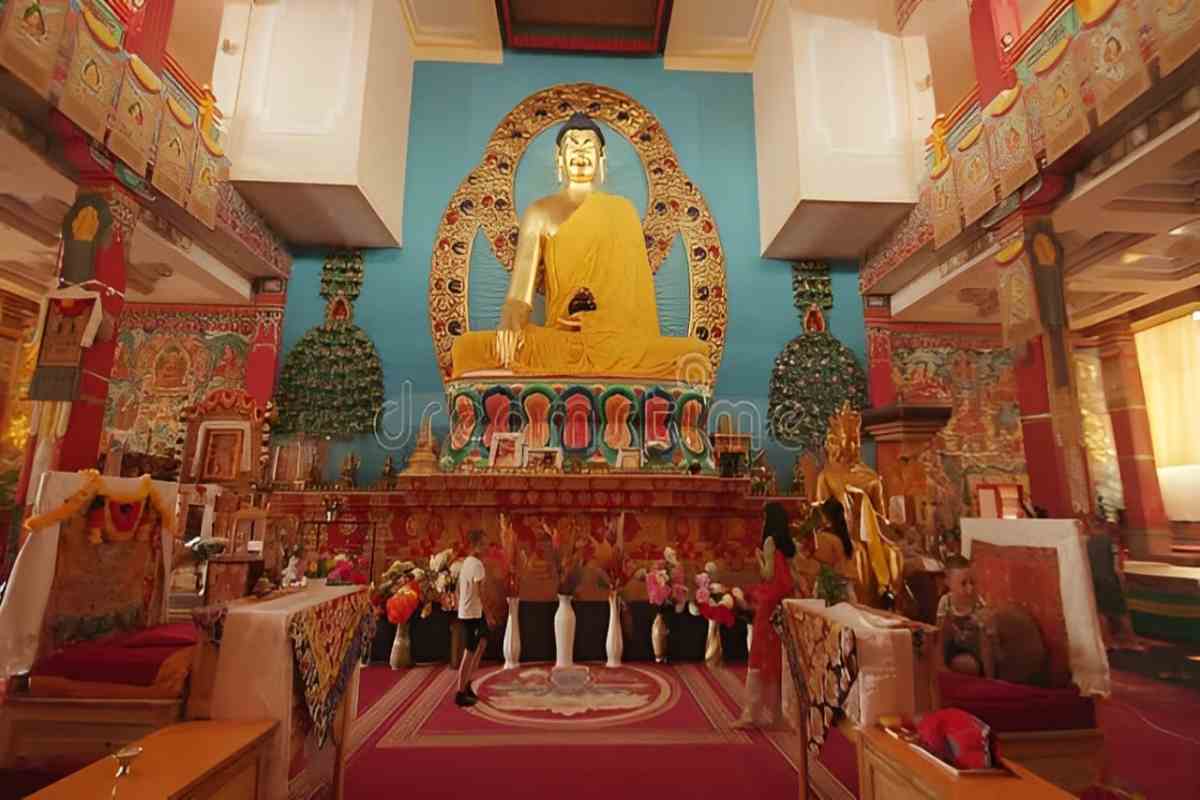Buddhism is one of India’s greatest global legacies. Its influence reaches large regions without resorting to violence and has an inconceivable effect. Despite the strong connections between Russia and India, the fact that Buddhism is practiced in Russia is often ignored in conversations and research.
The Kalmyk Autonomous Region, located in southern Siberia; the Buryat Autonomous Region in eastern Siberia; and the Tuva Autonomous Region, in western Siberia, are three autonomous provinces in Russia where Buddhism is the predominant religion. Even though these areas are now primarily Buddhist, there have been numerous converts in recent years.
The Spread of Buddhism across Central Asia
The spread of Buddhism from India to Russia began in Central Asia. Scholars argue its arrival period, with some estimating the first century and others proposing the 3rd century BC under the Mauryan Empire. By the time of the Kushan Empire, Buddhism had already established a foothold in Central Asia, the enormous territory linking India and Russia.
After the Bactrian Empire broke away from the Greco-Bactrian kingdom in the wake of Alexander the Great’s Asian expedition, the Kushan Empire arose. An important character, Kanishka, was instrumental in spreading Buddhism and its devotional practices, increasing the demand for Buddha figurines and other deities.
The Buddhist Revival in Russia
Buddhism’s entrance into Russia happened in three phases. The first wave introduced Chinese Buddhism in the seventh century AD. In the 15th century, the second wave brought a combination of Chinese and Tibetan Buddhism. The last wave, in the late 16th century, witnessed the ascendancy of Tibetan Buddhism.
These waves interacted with historical events, migrations, and regional dynamics, defining Buddhism’s history in Russian regions. The Geluk School, created in the 9th century, and the impact of personalities like Padmasambhava contributed considerably to Buddhism’s consolidation in these areas.
For a detailed story, please visit: Awaz the voice
Also Read: India’s Global Leadership: G-20 and Development
You can connect with DNN24 on Facebook, Twitter, and Instagram and subscribe to our YouTube channel.

